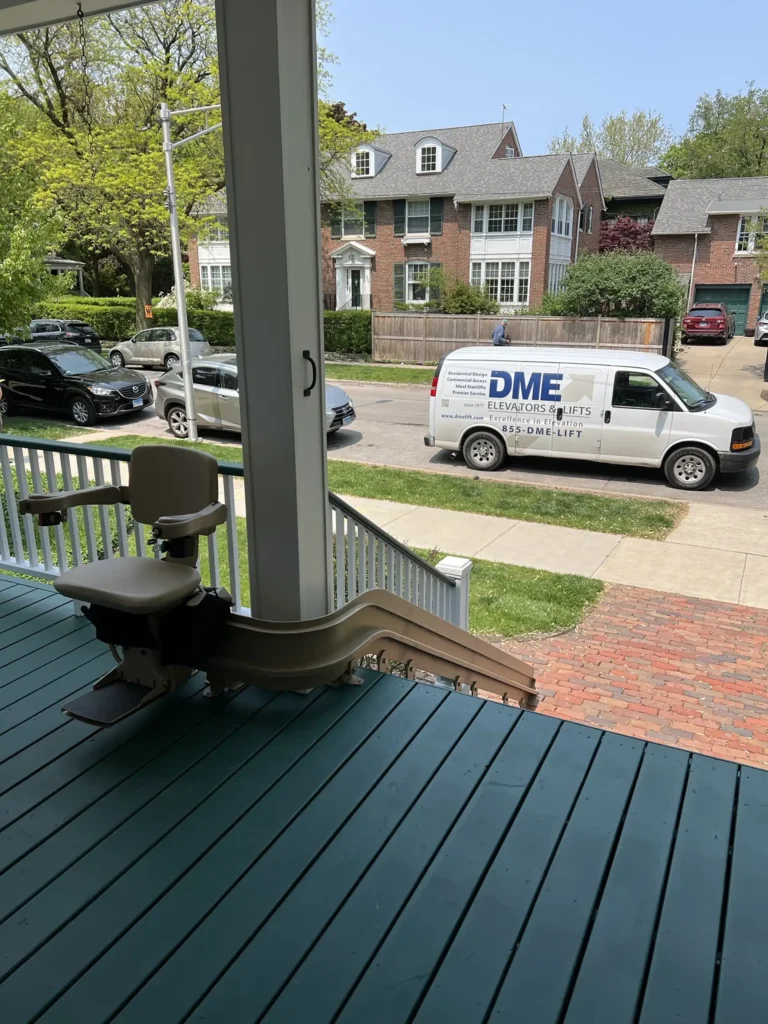A Thorough Approach to Enhancing Performance With Strategic Lift Fixing Methods
A systematic and tactical technique to lift repair service and maintenance is critical to take full advantage of efficiency and reduce downtime. By dealing with usual lift concerns, applying positive maintenance measures, and developing targeted fixing strategies, centers can enhance their lift systems to run at peak efficiency levels.
Importance of Lift Efficiency Optimization
Understanding the value of maximizing lift performance is crucial for making sure reliable and dependable upright transportation systems in various structures and frameworks. Lifts are necessary components of contemporary framework, supplying vertical movement for occupants and items within structures of differing elevations. By enhancing lift performance, building owners and center managers can improve user experience, improve energy performance, and rise overall functional performance.
Effective lift efficiency optimization involves numerous elements, consisting of rate, capacity, power intake, safety, and maintenance requirements. Effectively maximized lifts can decrease wait times for users, especially in high-traffic structures, causing improved satisfaction and performance. In addition, optimized lifts contribute to power financial savings by utilizing innovative control systems and technologies that lessen power usage without endangering efficiency.

Identifying Common Lift Issues
Recognizing usual lift concerns is vital for keeping the functional performance and safety of vertical transportation systems in buildings. This issue can be indicative of problems with the lift's motor, control system, or even the placement of the lift auto.
Another widespread lift concern is strange noises rising from the lift shaft or equipment room. These noises can vary from grinding or scratching sounds to loud clunking sounds, every one of which might signify underlying mechanical problems that need instant attention. Additionally, frequent door breakdowns, such as doors closed or closing properly, can disrupt the smooth flow of travelers and position safety risks.
Implementing Positive Maintenance Steps
To optimize the performance and long life of lift systems, proactive upkeep procedures play an important function in making sure operational reliability and safety. lift repair. Executing proactive upkeep involves methodically checking, servicing, and fixing elements prior to they stop working, thus stopping costly downtime and possible security threats. Consistently arranged inspections can assist identify small issues prior to they escalate into significant problems, inevitably extending the life-span of lift systems
One key element of proactive maintenance is developing a comprehensive upkeep schedule based platform lift dimensions upon manufacturer suggestions and industry ideal practices. This routine needs to describe jobs such as lubrication, alignment checks, and element substitutes at defined intervals. Furthermore, applying condition tracking strategies, such as resonance analysis and thermal imaging, can assist identify very early indicators of wear or malfunction.
Additionally, training upkeep team on correct inspection methods and precautionary upkeep treatments is essential for the successful application of positive upkeep actions. By fostering a culture of proactive maintenance within an organization, lift systems can operate at peak efficiency degrees, lessening disturbances and ensuring the safety of users.
Developing Targeted Repair Strategies
Upon examining the maintenance records and efficiency information, the design team can create targeted repair service strategies to deal with specific issues and maximize lift system capability. These repair plans are tailored to the identified troubles, guaranteeing that resources are focused on solving vital problems efficiently. By prioritizing repair work based on their influence on performance and safety and security, the targeted fixing plans aid reduce downtime and maintenance prices while maximizing the lift system's integrity.
Developing these plans involves a thorough evaluation of the lift system components, consisting of motors, wires, brakes, and control systems. Via this comprehensive assessment, the engineering group can identify the source of any kind of malfunctions or destruction in performance. This info is then utilized to produce a roadmap for the repair procedure, outlining the necessary steps, timeline, and resources required to deal with each problem effectively.
Additionally, targeted repair plans might consist of preventative measures to enhance the lift system's long life and efficiency. By proactively attending to potential problems prior to they rise, these plans contribute to the general performance and security of the lift system.
Utilizing Data-Driven Insights
Using the power of data-driven understandings is vital in enhancing lift system efficiency and upkeep performance. By leveraging data analytics, lift operators can make educated choices that result in improved functional performance and expense financial savings. Through the analysis of historical efficiency patterns, data and patterns can be identified, making it possible for predictive maintenance strategies to be implemented. These anticipating upkeep strategies help stop unanticipated failures, minimize downtime, and extend the life expectancy of lift systems.

Verdict
Finally, enhancing lift performance is vital for making certain performance and safety and security in buildings. By determining common lift issues, implementing positive upkeep procedures, developing targeted fixing strategies, and making use of data-driven understandings, companies can enhance performance and decrease downtime. It is vital to take a comprehensive technique to raise repair service approaches to make the most of operational effectiveness and make sure the long life of lift systems.
By attending to typical lift problems, applying aggressive upkeep measures, and creating targeted repair work plans, centers can maximize their lift systems to operate at peak efficiency levels.Another common lift issue is weird noises emanating from the lift shaft or equipment room.Upon assessing the upkeep documents and performance information, the engineering team can establish targeted fixing strategies to address particular concerns and enhance lift system performance. By focusing on repair work based on their influence on efficiency and safety, the targeted fixing strategies aid reduce downtime and upkeep prices while optimizing the lift system's integrity.
It is vital to take a comprehensive method to lift repair work strategies to optimize operational efficiency and guarantee the longevity of lift systems.
Comments on “System Lift Dimensions Explained: Why They Matter for Lift Servicing”